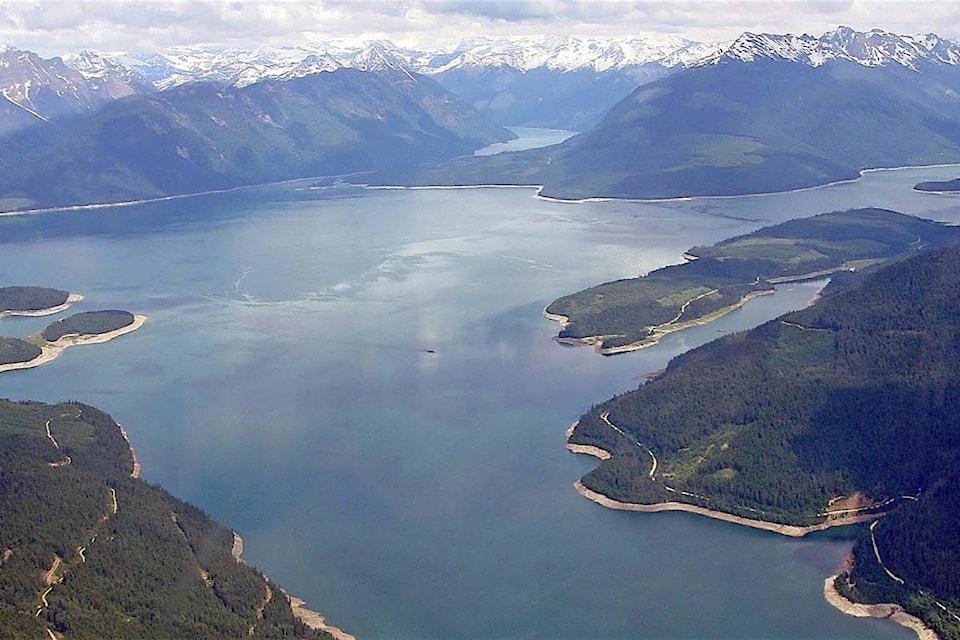Earlier this month the Kinbasket Reservoir reached a low point of 714 metres, much lower than average for this time of year.
The body of water behind the Mica Dam is the main storage reservoir for the Columbia system. The historic low was recorded in 2002 at 712.3 metres.
Though the water levels is now rising with the spring melt, BC Hydro is not expecting it will fully refill this year based on below average snowpack levels in the drainage basin, said Jen Walker-Larsen, stakeholder engagement advisor for BC Hydro.
Low water levels have been a challenge for BC Hydro, particularly in the last year which saw increased demand for power due to the Enbridge gas pipeline explosion that left people without natural gas heating and record low temperatures across the province in February.
READ MORE: Electricity use spikes by 13 per cent during cold snap-BC Hydro
“This resulted in more electricity being used than forecasted, and less water remaining in BC Hydro’s reservoirs as demand for power remained high,” said a news release from the company. “In addition, independent power producers were down below projections due to the weather and unable to meet the increased demand.”
A recent report from BC Hydro looked at how the company is adapting to extreme weather and unforeseen events in order to meet the provinces’ electricity demands and keep rates low.
“While BC Hydro is predicting higher water flows resulting from climate change over the long term, unpredictable weather patterns are expected to continue in the years ahead,” the news release said.
BC Hydro will be doing several things to make sure the system continues to perform safely across a wide range of conditions and extreme events:
- Working to improve the weather and inflow forecasting. For example, all coastal watersheds can now be forecasted down to the hour, which improves the forecast accuracy for extreme rainfall events
- Expanding its hydroclimate monitoring technology. This includes custom-made solutions that have been designed in-house, as well as upgrading snow survey stations to automated, real-time snow and climate stations
- Investing in capital projects – like spillway gate replacements – that will increase resiliency of the system to climate change
Levels in the Revelstoke and Arrow Lakes reservoir remain within typical ranges for this time of year.
@JDoll_Revy
jocelyn.doll@revelstokereview.com
Like us on Facebook and follow us on Twitter.
